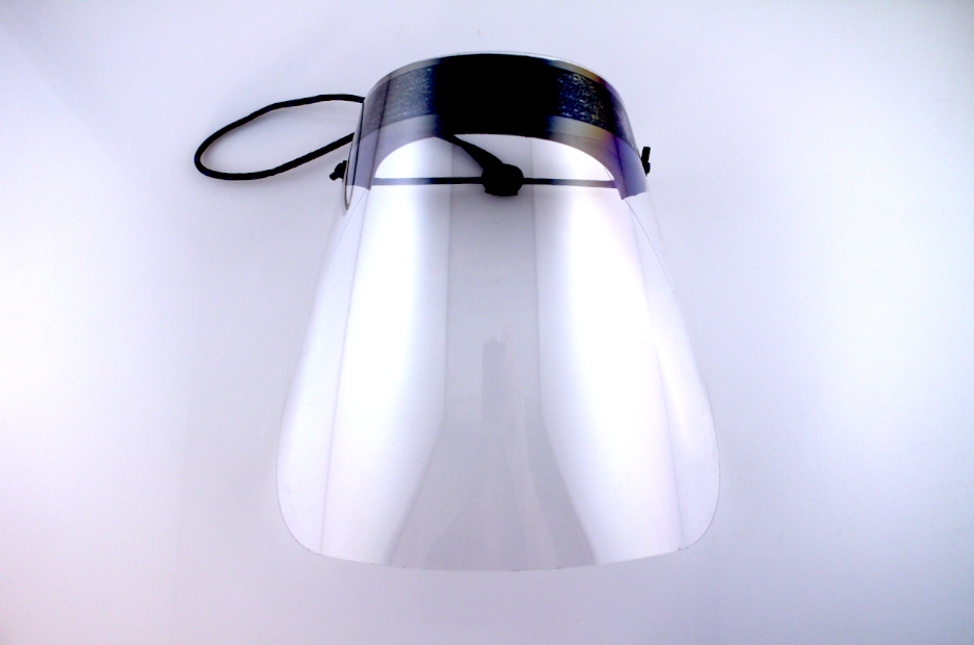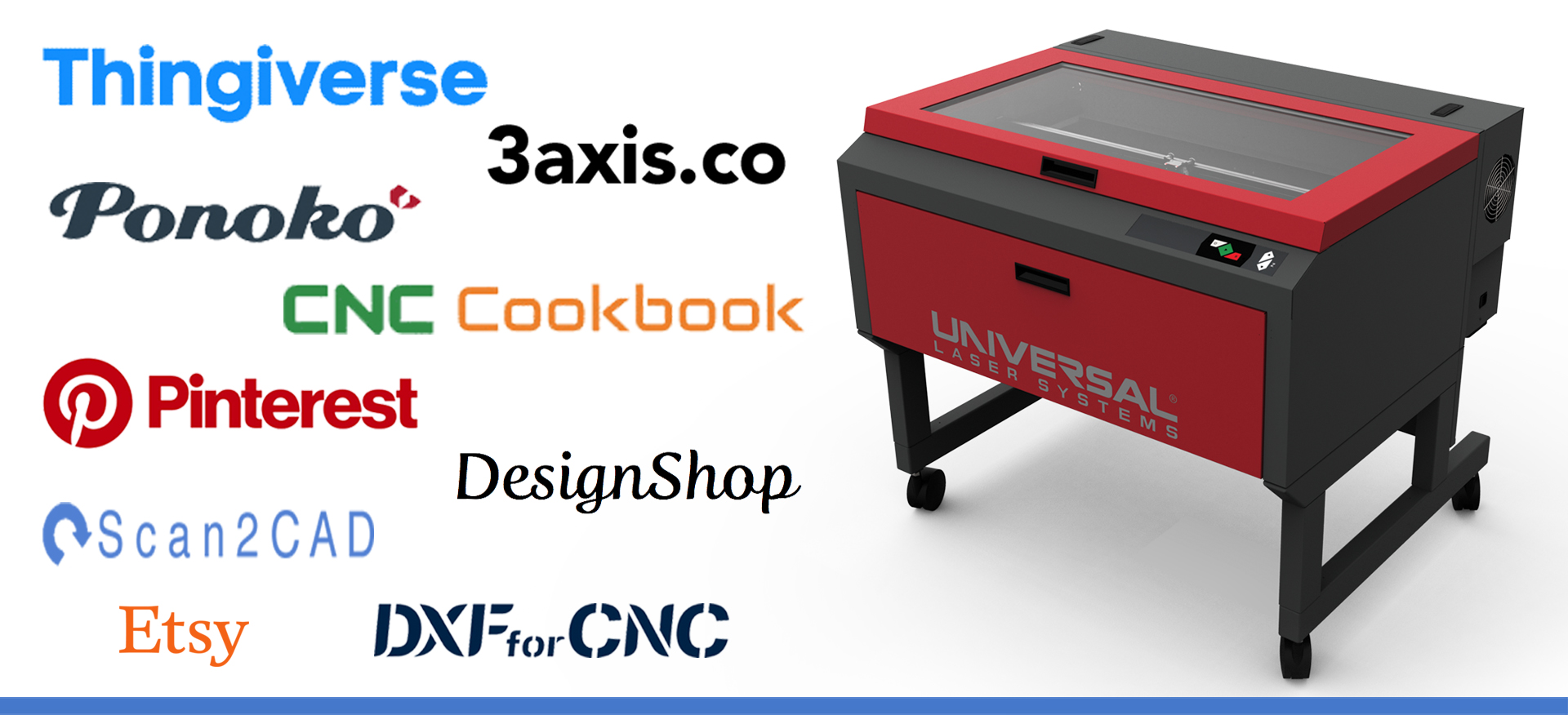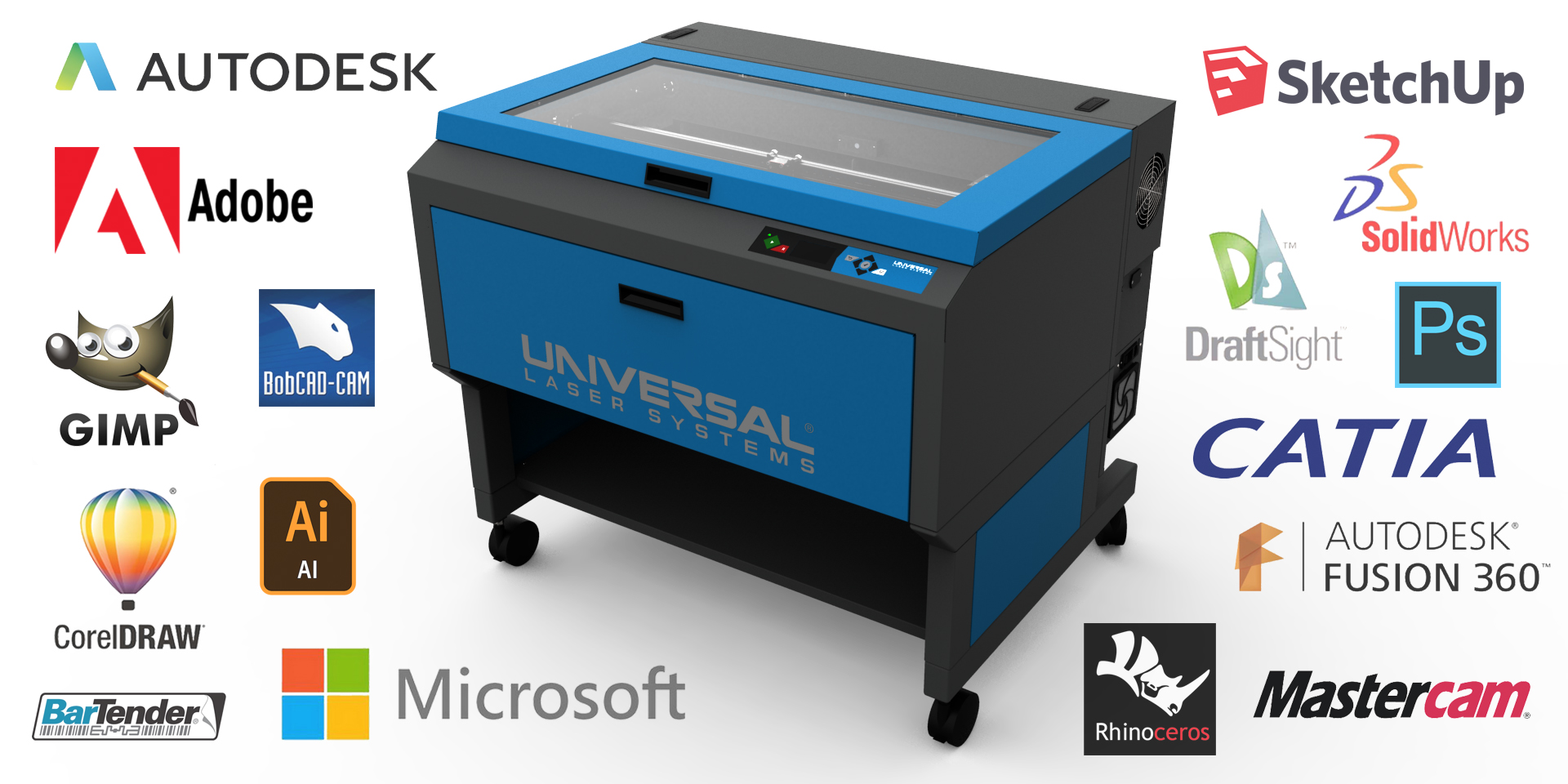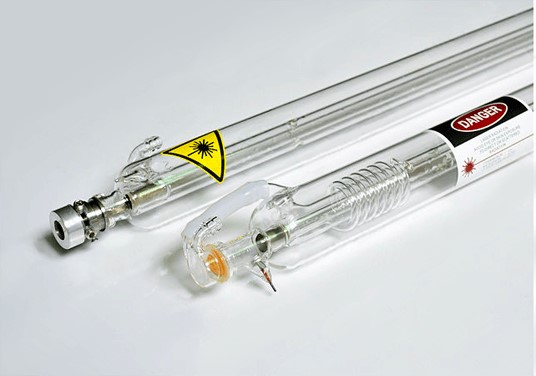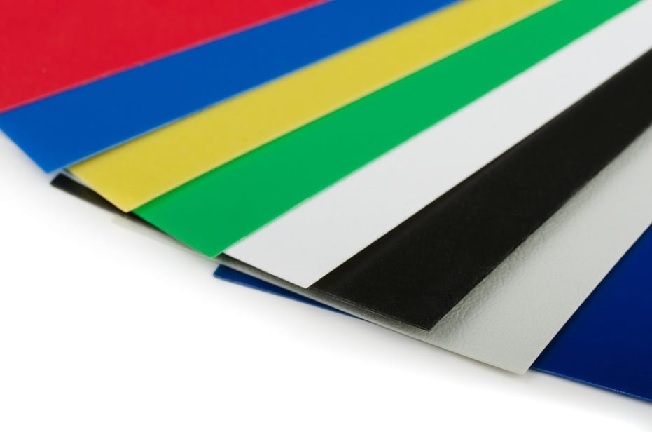As laser cutting, engraving and marking systems become more common for business and educational use, it can be easy to assume that manufacturers have taken precautions to make their products safe. But with different laser safety standards all over the world, it is smart to take a closer look to make sure the system is really safe for your intended use and environment. If you buy a system without assessing safety, you could end up with property damage or severe user harm.
As a laser system owner, you are responsible for meeting all workplace safety requirements for operation. Failure to follow local and federal regulations or otherwise ignore safety obligations not only puts employees at risk, but it also can increase your liability in the case of an accident. Even if you unknowingly bring an unsafe laser system into your facility, you may be found guilty of negligence.
Read More

